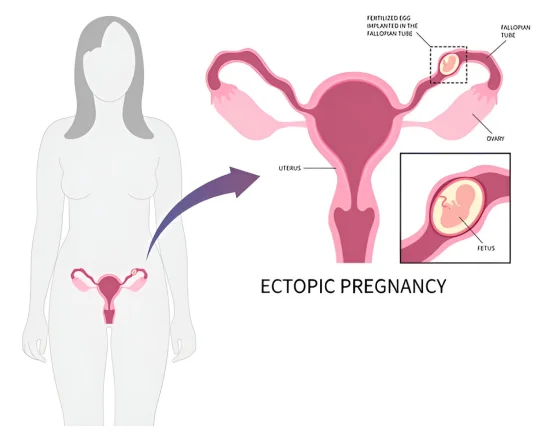Introduction
Tonsillectomy is a surgical procedure to remove the tonsils, which are two small glands located at the back of the throat. This surgery is commonly recommended for individuals, especially children, who suffer from frequent tonsil infections or enlarged tonsils that cause breathing or swallowing issues. Understanding the detailed steps of the procedure helps patients and caregivers feel more prepared and less anxious.
Here will overview of the tonsillectomy surgery procedure, from pre-operative preparation to post-operative care, in a simplified and patient-friendly manner.
Tonsillectomy Surgery Procedure
- Preoperative Evaluation :- Before the tonsillectomy surgery, the patient undergoes a thorough medical check-up. This may include a physical examination, blood tests, and a review of the patient’s medical history. The doctor will assess the frequency of infections or the severity of breathing problems caused by the tonsils. Based on the evaluation, a date for surgery is scheduled, and fasting instructions are provided.
- Anesthesia Administration :- General anesthesia is used to ensure the patient is asleep and does not feel pain. On the day of the surgery, the patient is taken to the operating room where an anesthesiologist administers general anesthesia through an IV or a face mask. This ensures the patient is completely unconscious and pain-free during the procedure.
- Tonsil Removal :- The surgeon carefully removes the tonsils using modern surgical techniques. Different techniques may be used, such as cold knife dissection (scalpel), electrocautery (burning the tissue), or coblation (using radiofrequency). The choice of technique depends on the surgeon’s preference and the patient’s condition.
- Controlling Bleeding :- Bleeding is managed immediately using cauterization or sutures. Once the tonsils are removed, the surgeon ensures there is no excessive bleeding. Cauterization (sealing blood vessels with heat) or absorbable stitches are commonly used to minimize bleeding.
- Recovery from Anesthesia :- The patient is moved to the recovery room for monitoring. After the surgery, the patient is taken to a recovery area where nurses monitor vital signs and ensure the patient wakes up safely from anesthesia. Mild throat pain and grogginess are common during this period.
- Discharge and Home Care Instructions :- Patients usually go home the same day with clear aftercare guidelines. Tonsillectomy is often an outpatient procedure, so most patients are discharged within a few hours. The healthcare team provides detailed instructions on managing pain, hydration, diet, activity restrictions, and warning signs to watch for at home.
- Pain and Swelling Management :- Pain medications and cold fluids help relieve discomfort. Over-the-counter or prescribed pain relievers are given to manage throat pain. Ice creams, cold soups, and liquids help reduce swelling and make swallowing easier in the recovery phase.
- Diet and Fluid Intake :- Soft, bland foods and plenty of fluids are recommended. The diet usually includes items like yogurt, mashed potatoes, and smoothies. Staying hydrated is essential to promote healing and prevent complications like dehydration or bleeding.
- Rest and Recovery Time :- Complete rest is needed for 7–10 days after surgery. Children and adults are advised to avoid strenuous activities, school, or work until full recovery. The throat typically heals within two weeks, although mild scabs and discomfort can persist for a few more days.
- Follow-up with the Surgeon :- A post-op visit ensures proper healing and no complications. The ENT surgeon may schedule a follow-up appointment within 7–14 days after the surgery to evaluate healing, review symptoms, and address any concerns regarding recovery or complications.
Conclusion
Tonsillectomy surgery is a routine and safe surgery with a well-defined procedure that involves pre-surgical assessment, anesthesia, tonsil removal, recovery, and post-operative care. Most patients recover fully with proper rest and following medical advice. Understanding each step of the procedure can ease anxiety and support smoother recovery, especially in children.
Tonsillectomy surgery is a safe and well-established surgical procedure that has helped countless individuals, particularly children, overcome chronic throat infections and related breathing issues. With a clearly defined process involving thorough assessment, safe surgical techniques, and structured post-operative care, patients can expect a successful recovery with minimal complications. Being informed and well-prepared allows both patients and caregivers to approach the surgery with confidence and clarity. While the days following surgery may involve some discomfort, the long-term relief it provides often makes it a worthwhile decision in improving quality of life.























